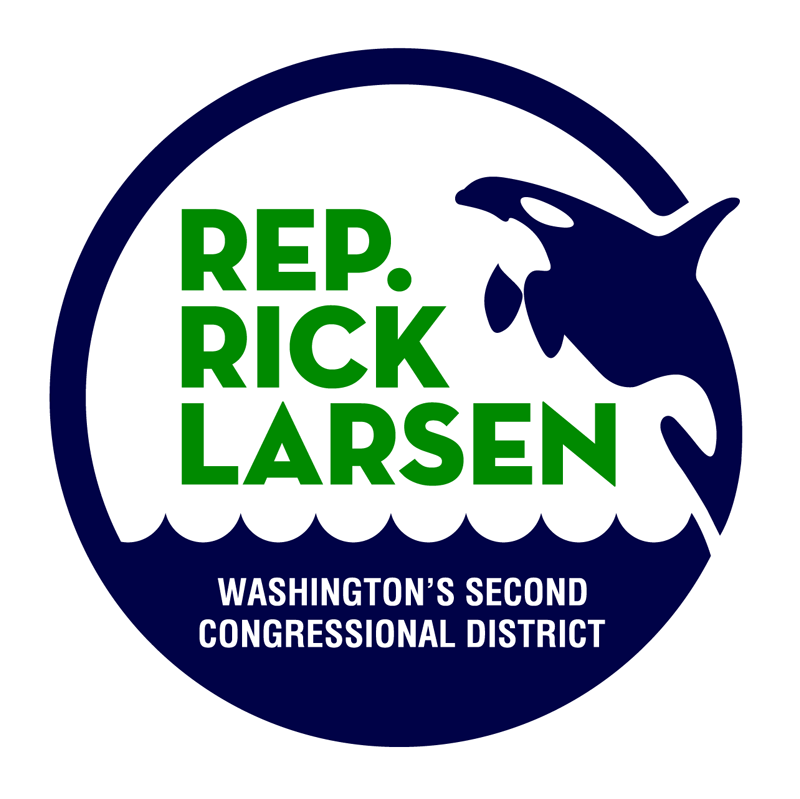Press Releases
Larsen Opening Statement: Aviation Subcommittee Hearing on “Ensuring Aviation Safety in the Era of Unmanned Aircraft Systems”
Washington, DC,
October 7, 2015
Rep. Rick Larsen, WA-02, the Ranking Member of the Aviation Subcommittee, delivered the following statement at the House Transportation and Infrastructure Aviation Subcommittee’s hearing, “Ensuring Aviation Safety in the Era of Unmanned Aircraft Systems.” The remarks are as prepared for delivery. Thank you, Chairman LoBiondo, for holding today's hearing on "Ensuring Aviation Safety in the Era of Unmanned Aircraft Systems." I’m pleased we are here this morning to address the important and timely topic of the safety of unmanned aircraft systems, or UAS, in the National Airspace System. The number of unmanned aircraft being sold in the United States is staggering. According to one industry trade group, the number of UAS sold this year could reach 700,000–63 percent higher than just one year ago. Other reports suggest the figure will soon reach one million. And it will continue to grow. So the natural question becomes, who is flying these million-plus unmanned aircraft? Many are responsible, safe users. They include serious hobbyists, such as those represented by the Academy of Model Aeronautics here today and commercial users with a financial interest in safe, responsible operations. But they also include people who are not familiar with the rules of aviation or concepts of aviation safety. The 600-plus reports of near passes between conventional aircraft and drones so far this year tells us we need to do more to reduce the likelihood of a drone ending up in the flight path of a commercial airliner with hundreds of people on board. Those 600-plus pilot sightings suggest that allowing anyone to fly a drone on or near the nation's airways is like letting people drive remote-controlled model cars on the interstate. Unless more is done, it is not if an accident will happen, but when. Committee staff found some pilot reports in NASA’s Aviation Safety Reporting System of some scary encounters. One pilot reported that he “encountered a drone that came close enough to hear the propeller noise from the drone from inside my cabin...The small size of the drone made it impossible to see until it was too late to take any evasive action.” And the list goes on and on and on. In addition to risks in the air, unmanned aircraft pose risks on the ground. This year an unmanned aircraft flew into a stadium full of people, and others have crashed into security sensitive areas. The risk is here. And one incident is one too many. I look forward to hearing from our witnesses about what the Federal Aviation Administration (FAA) and stakeholders are doing to address this safety risk, before it's too late. However, let me be clear. We cannot deny the extensive public and commercial benefits of unmanned aircraft. UAS can be used for search and rescue, wildfire mitigation, as well as the inspection of bridges and other critical transportation infrastructure. The UAS industry also has great potential to drive economic growth and create jobs. One industry trade group estimates that in just ten years (2025), unmanned aircraft will create 100,000 jobs and add $82 billion in value to our economy. This is particularly important to my home state of Washington – a thriving hub of aviation R&D. This Committee has an enormous opportunity to be proactive, to listen to these experts today to understand what Congress can do to help keep our nation’s skies safe, and produce legislation about unmanned aircraft that will reflect our safety agenda while doing no harm to a promising industry. The FAA Modernization and Reform Act of 2012 directed FAA to safely integrate unmanned aircraft by 2015, and it required the agency to issue regulations on small unmanned aircraft. While FAA expects to issue this (delayed) rule next year, this action will provide regulation to safely implement primarily commercial operations. The question I would like to address today is: what should Congress do, and what can FAA do, to ensure the safety of recreational UAS operations? Some say section 336 of the 2012 FAA bill prohibits the agency from taking any meaningful action to regulate small recreational unmanned aircraft. I caution against a broad interpretation of that provision, which was crafted to apply very narrowly. In fact, in light of all the safety events that have emerged this year, maybe it's time to revisit that provision altogether. I look forward to hearing from all of our panelists about what Congress, the FAA and industry can do to keep the integration of UAS on track and to ensure safety. Thank you. ### |
